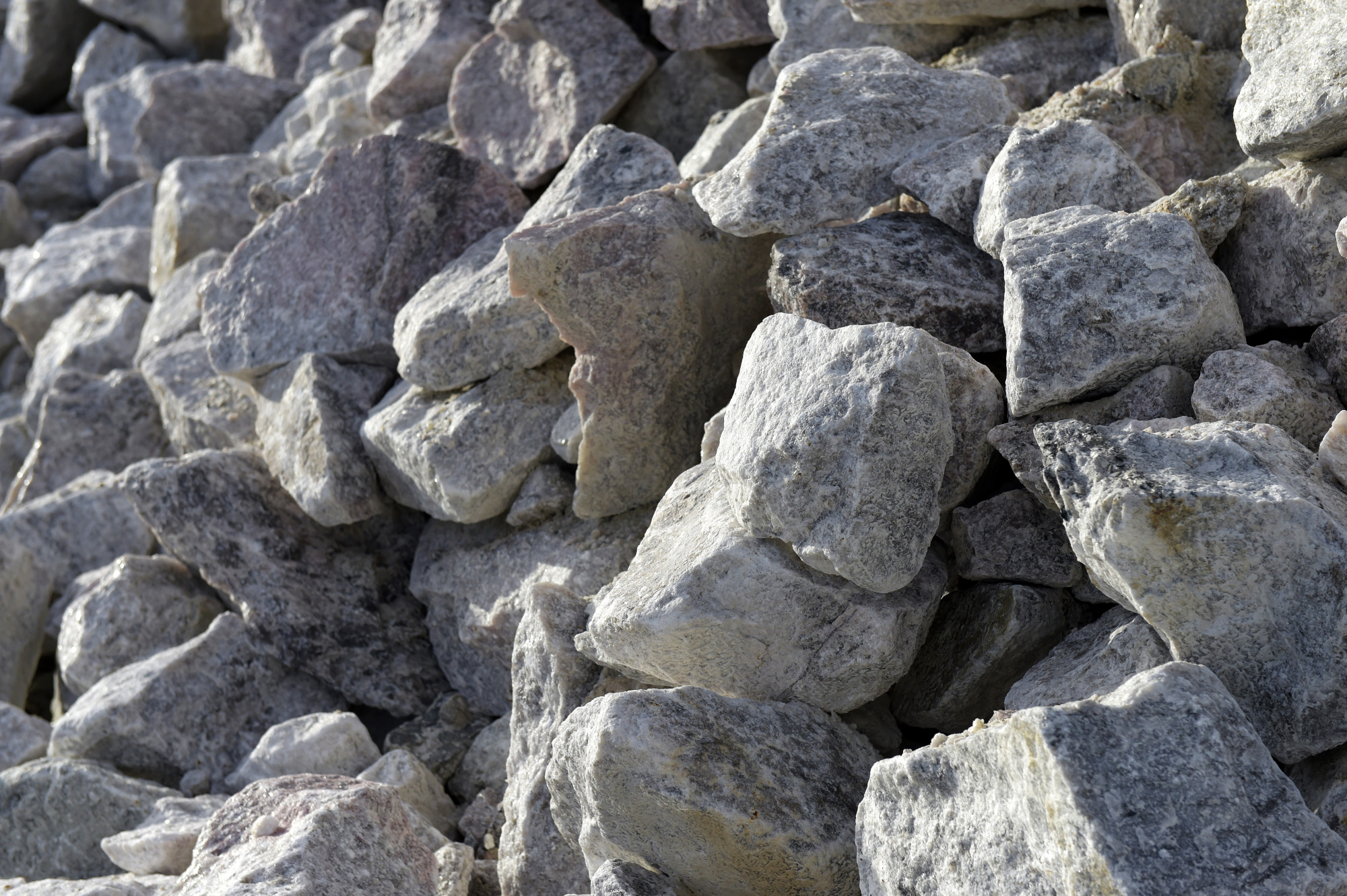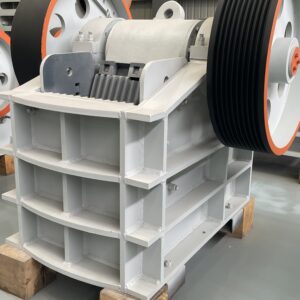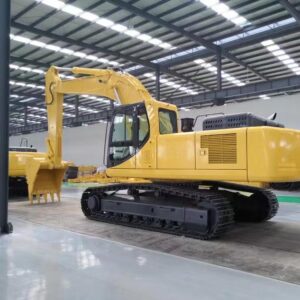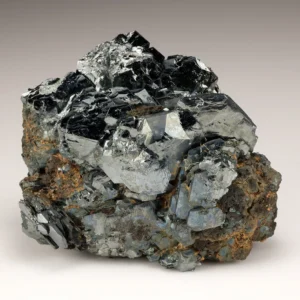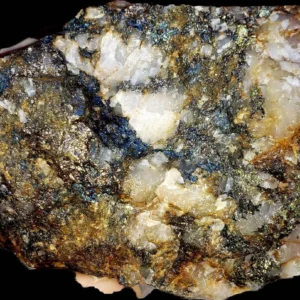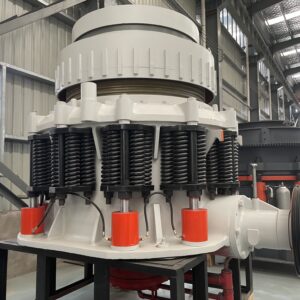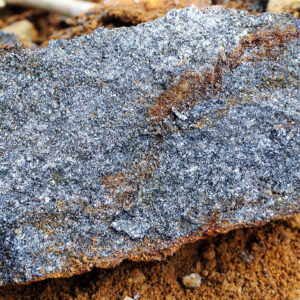Description
Process Description
1. Positive Flotation Method
After lithium ores ground (avoid over-grinding as much as possible), add starches, dextrins and other reagents to discourage the upward movement of lithium ores. Strong stirring in highly concentrated alkaline media, then scrubbing and desliming several times. The lithium concentrates can be floated by oleic acid and its soap salt-trapping agents. The gangue minerals are left in flotation tank. The inhibitors are not additional required in this procedure.
2. Reverse Flotation Method
It creates an alkaline environment with lime. Starch and dextrin are added to inhibit the float of lithium. At the same time, cationic trapping agents are added to float the silicate vein minerals. The products in flotation are lithium concentrates. If there are iron minerals in lithium ores, foaming agents(such as HF and resin acid salts) can be added to remove iron and other impurities furtherly.
3. Magnetic Separation Method
Magnetic separation is commonly used to deal with iron impurities in lithiophane. These minerals are weakly magnetic. They can be removed by strong magnetic separation to require low-iron lithiophane concentrates.
4. Heavy-Media Beneficiation Method
For spodumene with a relatively coarse crystal size, the heavy-media beneficiation method can be applied to make lithium ore a heavy mineral product.Mix the lithium ore after washing and desliming with heavy-media (there are two types of heavy medium: heavy liquid and heavy suspension, here mainly refer to heavy suspension), and feed it into the heavy medium cyclone at a pressure of 0.05-0.20Mpa for separation. Heavy products and light products can be separated. The heavy products become lithium concentrates after being stripped through the stripping sieve.
5. Flotation-Magnetic Separation Process
Oxidized paraffin soap and naphthenic acid soap are used as a combined collector first, and NaOH is a pH regulator. The one-coarse and one-fine flotation process is used in the alkaline mineral slurry to obtain spodumene concentrate. Then, remove iron by strong magnetic separation to get concentrate with low iron content.
6. Flotation-Magnetic-Gravity Separation Process
Ground materials after slurry adjustment are sent to gravity separation (remove tantalum, niobium and other products), gravity separation tailings after desliming by concentrator. Gravity separation tailings are concentrated and deslimed by thickener.
Introduction
Lithium ore production lines are crucial for extracting and processing lithium, which is vital for various applications, particularly in modern technology and energy sectors. Here are the primary uses of lithium ore production lines:
1. Battery Manufacturing
- Lithium-ion Batteries: The most significant use of lithium is in the production of lithium-ion batteries, which power electric vehicles (EVs), portable electronics (smartphones, laptops, tablets), and renewable energy storage systems.
- Lithium Iron Phosphate (LiFePO4) Batteries: Used in electric vehicles, power tools, and energy storage systems for their stability and safety.
2. Glass and Ceramics
- Heat-resistant Glass: Lithium is used in the production of glass and ceramics, improving their thermal shock resistance and strength.
- Ceramic Glazes: Adds durability and resistance to thermal expansion in ceramics.
3. Grease and Lubricants
- Lithium Grease: Lithium hydroxide is used to produce high-temperature, water-resistant lubricating greases for automotive, industrial, and marine applications.
4. Pharmaceuticals
- Medications: Lithium compounds are used in the treatment of bipolar disorder and other mental health conditions.
5. Aluminum Production
- Aluminum Smelting: Lithium is used as an additive in the production of aluminum to improve its strength and reduce its weight.
6. Air Treatment
- Carbon Dioxide Absorbents: Lithium hydroxide is used in breathing gas purification systems for submarines and spacecraft to absorb carbon dioxide.
7. Polymers and Plastics
- Catalysts: Lithium compounds are used as catalysts in the production of synthetic rubber and various polymers.
8. Metallurgy
- Alloy Production: Lithium is used in certain aluminum and magnesium alloys to improve their properties.
9. Energy Storage
- Grid Storage: Lithium-ion batteries are used for storing energy from renewable sources (solar, wind) to ensure a stable energy supply.
10. Nuclear Industry
- Nuclear Fusion: Lithium is used in nuclear fusion reactors and as a coolant in some types of nuclear reactors.
11. Air Purification
- Air Purifiers: Lithium chloride is used in air conditioning and industrial drying systems.
